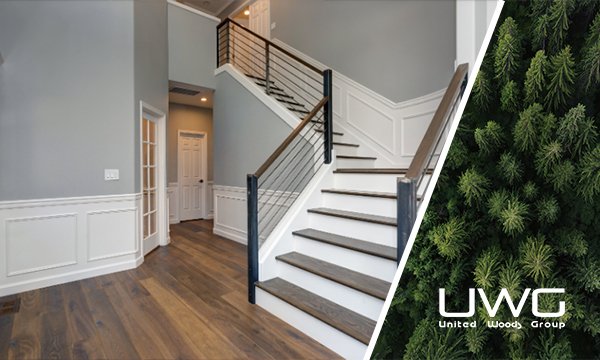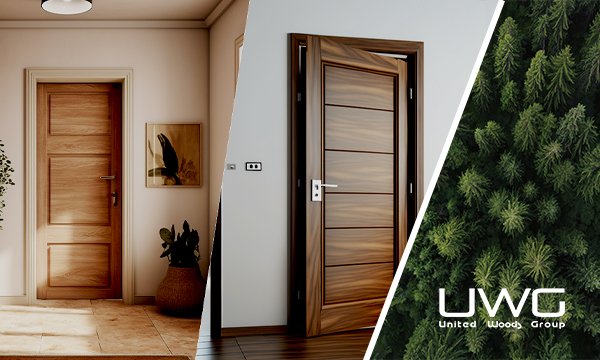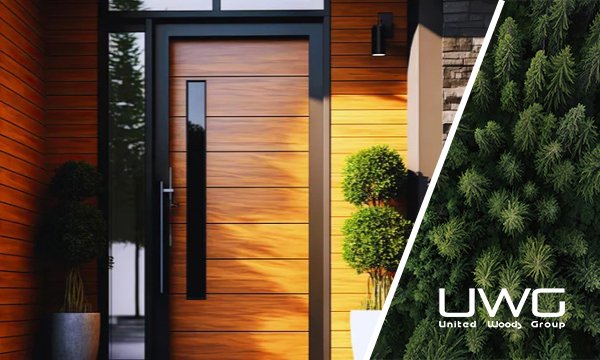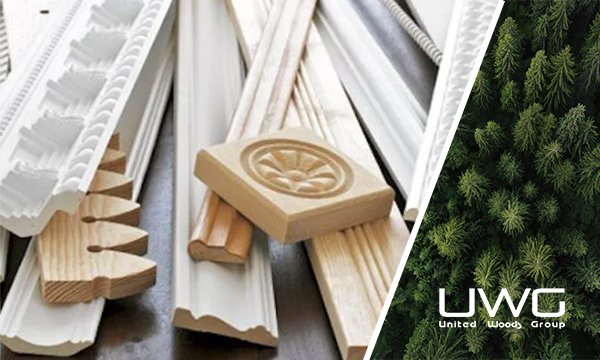Interior doors are an important aspect of any building project, affecting both functionality and aesthetics. If you’re in the market to buy doors for a new construction or renovation project, you may have come across panel doors. But what exactly is a panel door, and why should you consider them for your interiors? Let’s dive into the details to help you make an informed decision.
A panel door, often called a slab door, is made up of a frame that holds one or more panels. These panels can be flat or raised, adding depth and character to the door’s design. Unlike hollow core doors, which have a frame between two skins, the frame of a panel door is exposed, making it more robust and aesthetically pleasing.
Understanding the construction and benefits of panel doors can help you choose the right doors for your project. Let’s explore this in more detail.
What is the Difference Between a Door and a Panel Door?
Panel doors are a much older design than flush doors, typically made of infill panels and rails. Flush doors are usually made from a single slab of material like laminated timber or particle board. Panel doors offer a more traditional and intricate design, while flush doors have a simpler, modern look. The construction of panel doors involves stiles (vertical pieces) and rails (horizontal pieces) that frame the individual panels, providing both structural integrity and decorative appeal.
The stiles and rails form a framework that holds the panels in place. This design not only adds to the door’s strength but also allows for various decorative elements. The panels can be made from different materials such as wood, glass, or composite, and they can be flat, raised, or recessed to create different looks. This versatility makes panel doors suitable for a wide range of interior design styles, from traditional to contemporary.

What Are Panel Doors Used For?
Panel doors are versatile and can be used for both interior and exterior applications. They are heavier and provide better sound insulation compared to other door types. Typically, panel doors are used for main entrance doors due to their robustness and ability to withstand various weather conditions. However, they are also popular as interior doors in homes and commercial buildings, offering a classic look that can complement various architectural styles.
In residential settings, panel doors are often used for bedrooms, bathrooms, and living areas. Their sturdy construction provides privacy and noise reduction, which is essential in these spaces. In commercial buildings, panel doors are used for offices, conference rooms, and other areas where sound insulation and aesthetics are important. The ability to customize the design of panel doors also makes them a popular choice for bespoke interior projects.
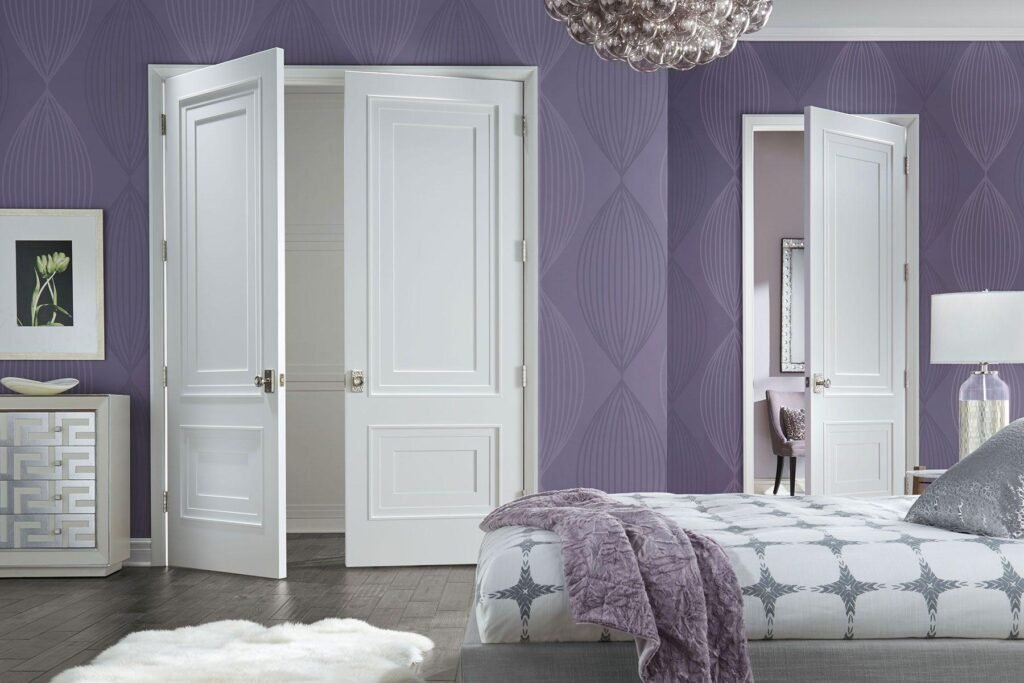
What is the Difference Between a Flush Door and a Single Panel Door?
A flush door is a flat, smooth surface with no designs or panels. Panel doors have a more decorative, sophisticated look. Flush doors are made from a single piece of material or hollow core, which makes them less expensive and easier to make. Panel doors are made from several pieces of wood, which makes them more expensive but also more attractive. Panel doors are often chosen for their decorative value and ability to add character to a room.
Flush doors are often used in modern and minimalist interiors where a clean, unadorned look is desired. They are easy to clean and can be painted or veneered to match the decoration. However, they do not offer the same level of detail and craftsmanship as panel doors. Single panel doors, with their framed panel design, provide a more traditional and elegant appearance. They can be customized with various panel configurations, finishes, and hardware to create a unique look.

Types of Panel Doors
There are many types of panel doors, each offering unique aesthetic and functional benefits:
Single Panel Doors: These doors have one large panel framed by stiles and rails, offering a simple yet elegant look. They are often used in traditional or rustic interiors where a straightforward design is preferred. The single panel can be flat or raised, depending on the desired style.
Double Panel Doors: With two panels, these doors add more detail and can be a focal point in a room. The panels can be of equal size or different sizes, and they can be arranged horizontally or vertically. Double panel doors are commonly used in transitional and contemporary interiors where a balance of simplicity and detail is desired.
Multi-Panel Doors: With three or more panels, these doors provide a more intricate design, ideal for formal settings. The panels can be arranged in various configurations, such as a grid or a repeating pattern. Multi-panel doors are often found in historic homes and buildings where a high level of craftsmanship is required.
Glass Panel Doors: Glass panel doors allow light to pass through, creating a bright and open feel in a space. The glass panels can be clear, frosted, or textured, depending on the level of privacy and light diffusion needed. Glass panel doors are commonly used for interior doors leading to patios, balconies, or other areas where natural light is desired.

Panel Door vs Flush Door
Panel doors and flush doors each have their own advantages and disadvantages. Panel doors are more traditional and decorative, while flush doors offer a sleek, modern look. Here are some key differences:
Design: Panel doors have a more intricate design with multiple components, while flush doors are simpler with a flat surface. The detailed construction of panel doors makes them more suitable for traditional and classic interiors, while the simplicity of flush doors fits well with modern and minimalist decoration.
Durability: Panel doors are generally more durable due to their construction, while flush doors can be less expensive but may not last as long. The frame-and-panel construction of panel doors allows for natural expansion and contraction of the wood, reducing the risk of warping and splitting.
Cost: Flush doors are typically less expensive than panel doors due to their simpler construction process. However, the higher cost of panel doors is often justified by their superior appearance and durability. For budget-conscious projects, flush doors can provide a cost-effective solution without compromising on functionality.
Aesthetic Appeal: Panel doors add a touch of elegance and character to a space, while flush doors provide a clean, minimalist look. The choice between the two depends on the overall design vision and the specific needs of the space. Panel doors can be customized with various finishes, stains, and hardware to create a unique and personalized look.

Panel Door Design
Panel doors come in a variety of designs, from traditional to contemporary styles. Traditional panel doors often feature raised panels with decorative molding, while contemporary designs might have flat panels with clean lines. The choice of design depends on the overall aesthetic of the space and personal preference. Panel doors can be customized with different types of wood, finishes, and panel configurations to match any decor.
For a classic look, traditional panel doors with raised panels and intricate moldings are a popular choice. These doors can be made from rich, dark woods like mahogany or walnut, and finished with a high gloss or satin lacquer. For a more modern look, flat panel doors with minimalistic details are ideal. These doors can be made from lighter woods like maple or birch, and finished with a matte or semi-gloss paint.
Custom panel doors offer endless possibilities for design and personalization. Homeowners and designers can choose from a wide range of panel configurations, wood species, finishes, and hardware to create a door that perfectly complements the interior design. Decorative elements such as glass inserts, carved details, and metal accents can further enhance the door’s appearance and make it a focal point in the room.
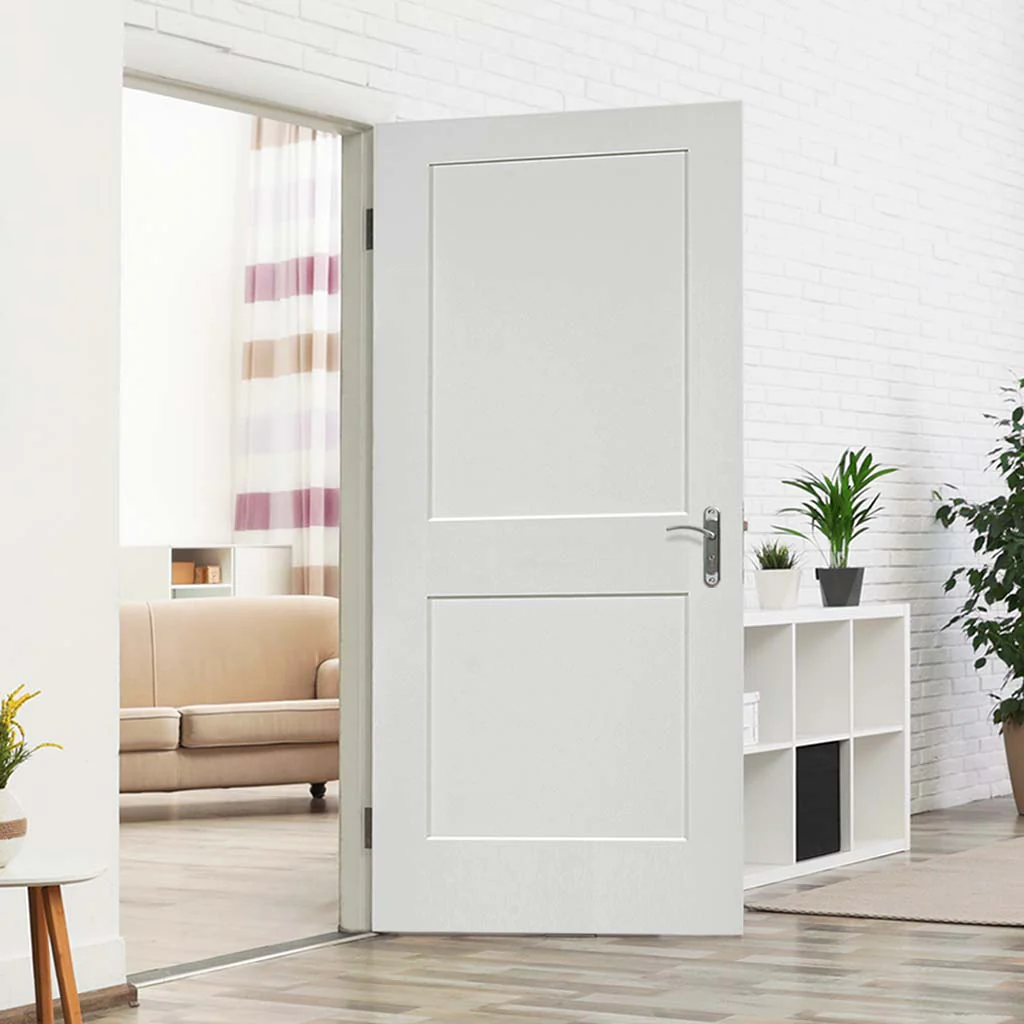
Interior Door Panel Styles
There are several styles of interior door panels to choose from:
Raised Panels: These panels have a raised center section, adding depth and dimension to the door. Raised panel doors are often used in traditional and colonial interiors where a sense of formality and elegance is desired. The raised panels can be enhanced with decorative moldings and finishes to create a sophisticated look.
Flat Panels: Also known as recessed panels, these have a flat center section that sits lower than the surrounding frame, offering a more modern look. Flat panel doors are versatile and can be used in a variety of interior styles, from contemporary to industrial. The clean lines and simple design of flat panels make them a popular choice for minimalist interiors.
Shaker Panels: Shaker panels are characterized by simple, clean lines. They are versatile and can fit into both traditional and contemporary settings. Shaker doors typically feature a flat panel with a wide frame, creating a timeless and understated look. The simplicity of shaker panels makes them a great choice for kitchens, bathrooms, and other functional spaces.
Glass Panels: By incorporating glass into the panels, these doors can brighten up a space and create a more open feel. Glass panel doors are ideal for areas where natural light is desired, such as living rooms, dining rooms, and home offices. The glass can be clear, frosted, or textured to provide the desired level of privacy and light diffusion.

Summary
Choosing the right interior doors is crucial to the functionality and aesthetics of your space. Panel doors offer durability, sound insulation, and a wide range of design options, making them a popular choice among wholesalers and building contractors. By understanding the differences between panel doors and other types, you can make an informed decision that enhances your building project. Whether you prefer the traditional charm of raised panels or the sleek look of flat panels, there is a panel door style that will suit your needs and elevate the design of your interiors.



